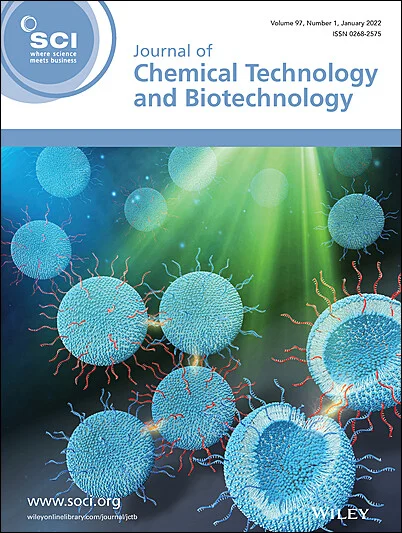Exploring enhanced syngas production via the catalytic performance of metal-doped X-Ni/CeO2 (X = Zr, La, Sr) in the dry reforming of methane
Abstract
Background
The quest to manufacture large amounts of syngas to bridge fossil fuels and the renewable energy ecosystem stimulates the creation of efficient and stable heterogeneous catalysts. The NiCeO2 catalysts, synthesized via ultrasonic-assisted citric acid complexation, are highly efficient for the dry reforming of methane (DRM) reaction. Different promoter metals (Zr, La and Sr) were tested for catalytic performance and syngas production. A range of analyses, including X-ray diffraction (XRD), N2 physisorption, H2 temperature-programmed reduction, CO2 temperature-programmed desorption, field emission scanning electron microscopy (FESEM), transmission electron microscopy and X-ray photoelectron spectroscopy, were employed to characterize the physicochemical properties of the catalysts.
Results
XRD results indicated the formation of NiO, CeO2, solid solution ceria–zirconia, perovskite LaNiO3 and SrNiO3 crystalline phases. FESEM results showed the promoted catalysts (Zr, La, Sr) produce large pores to facilitate reactant diffusion, with zirconia specifically creating a spiderweb morphology. At 800 °C, the CH4 and CO2 conversions follow the sequence of NiCeO2 catalyst (CH4 = 54%, CO2 = 45%) < Sr/NiCeO2 (CH4 = 60%, CO2 = 67%) < La/NiCeO2 (CH4 = 85%, CO2 = 84%) < Zr/NiCeO2 (CH4 = 95%, CO2 = 87%). The integration of promoters in DRM catalysts has notably improved carbon formation resistance, as evidenced by the following ranking: Zr/NiCeO2 (5.1 wt%) < commercial catalyst (6.0 wt%) < La/NiCeO2 (7.85 wt%) < Sr/NiCeO2 (10.9 wt%) < NiCeO2 (11.3 wt%).
Conclusion
This study demonstrates that incorporating promoters, particularly Zr, in NiCeO2 significantly enhances resistance to carbon formation. It offers valuable insights into selecting metal catalyst promoters for excellent catalytic performance in DRM. © 2024 Society of Chemical Industry (SCI).

 求助内容:
求助内容: 应助结果提醒方式:
应助结果提醒方式:


